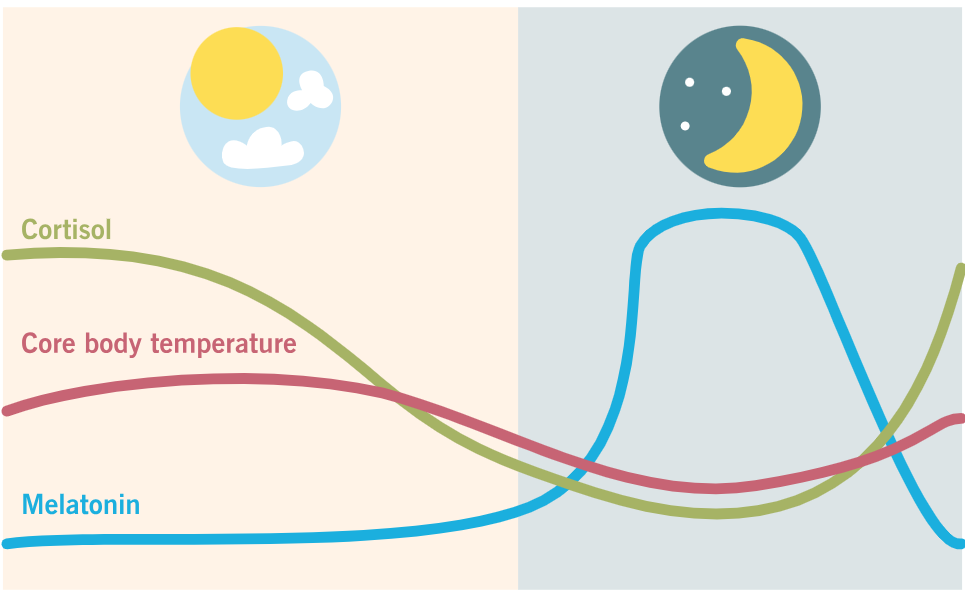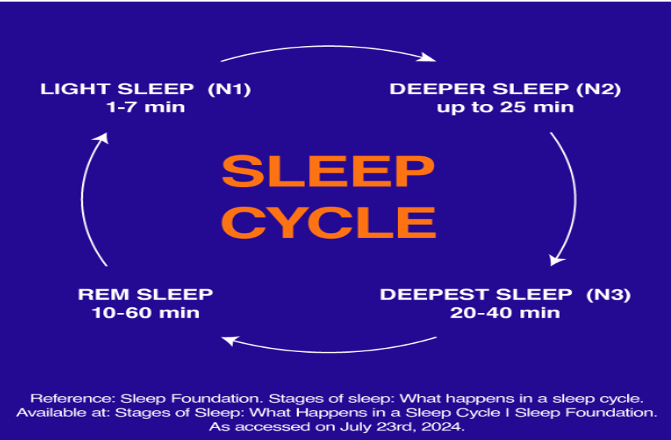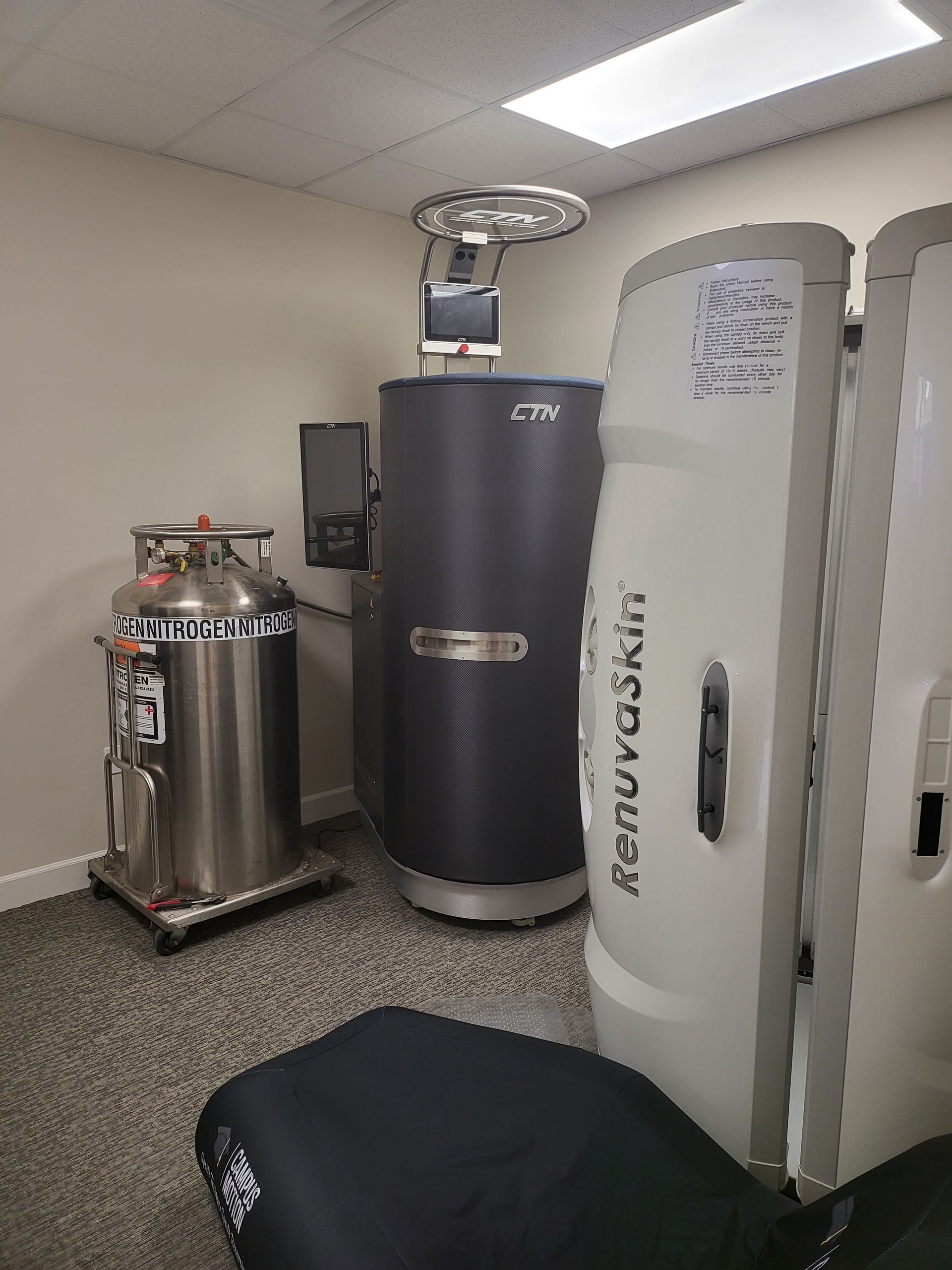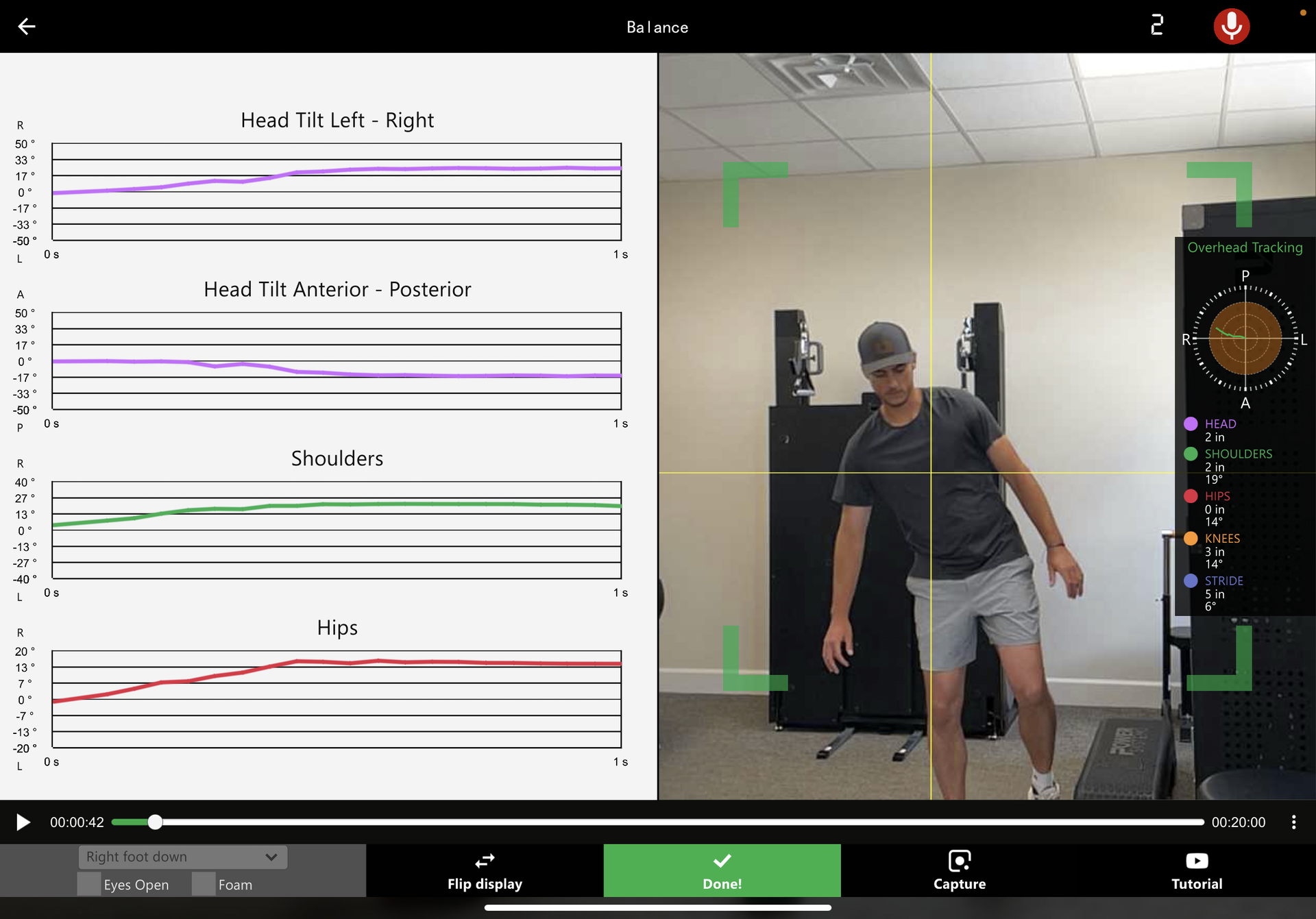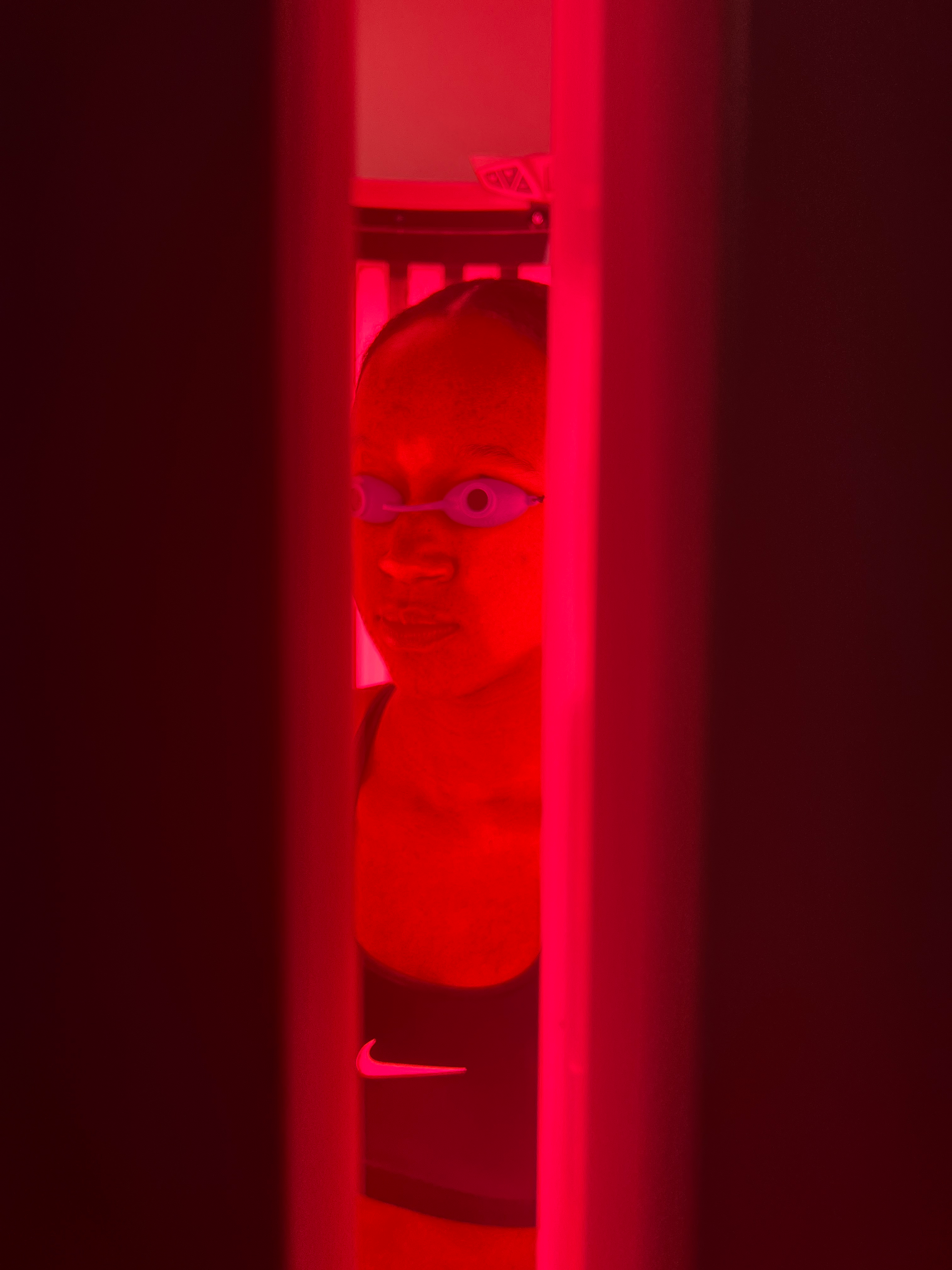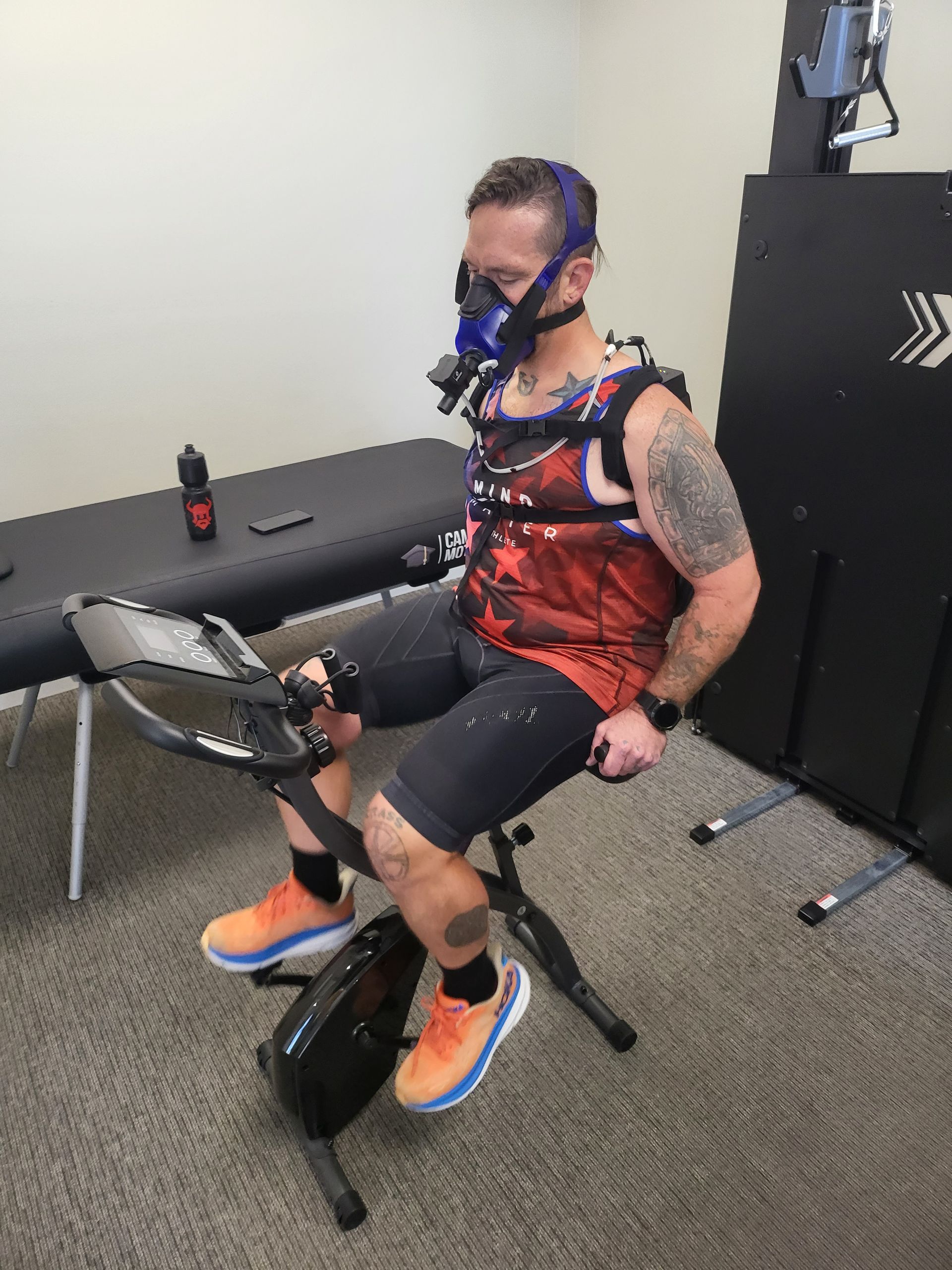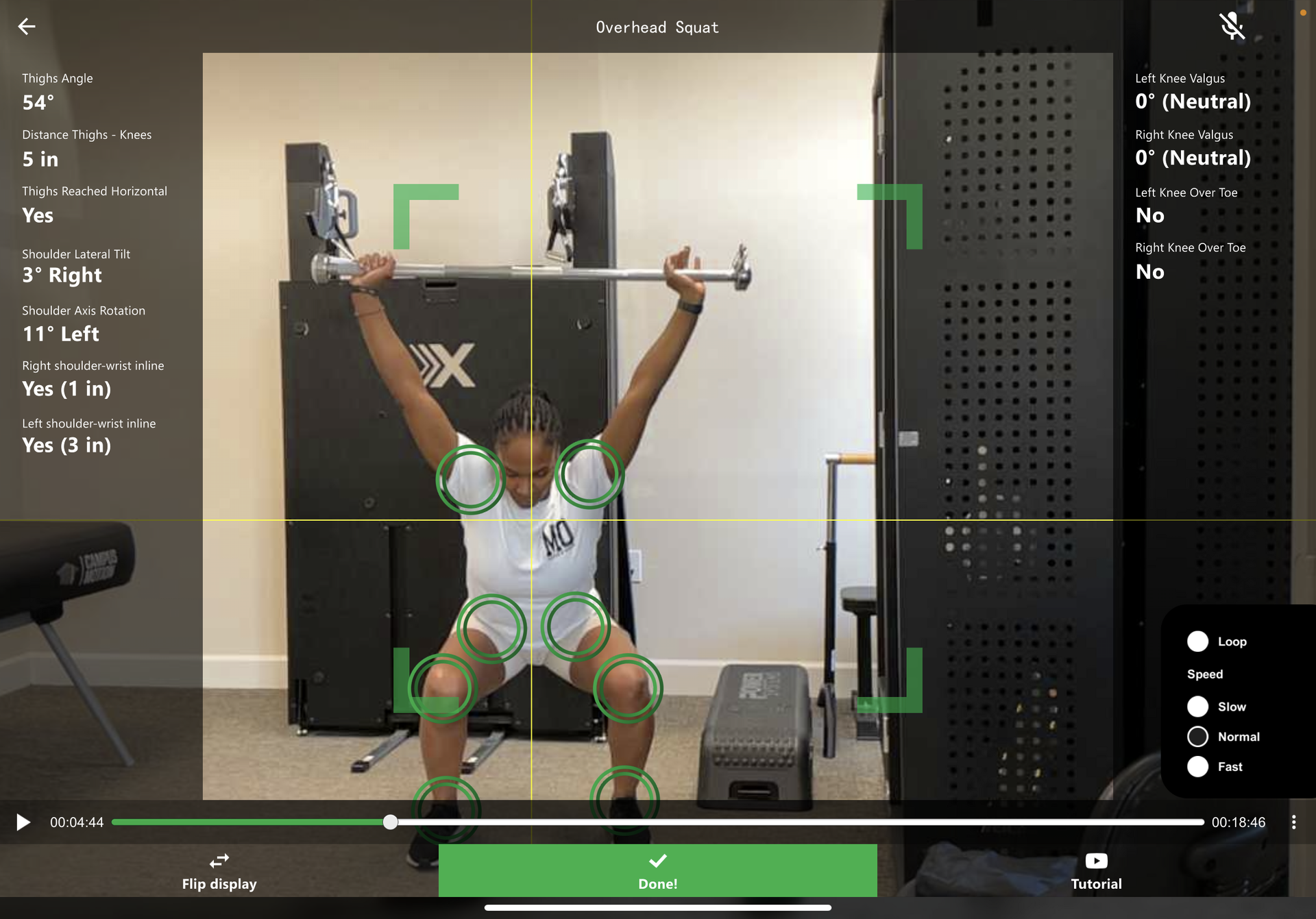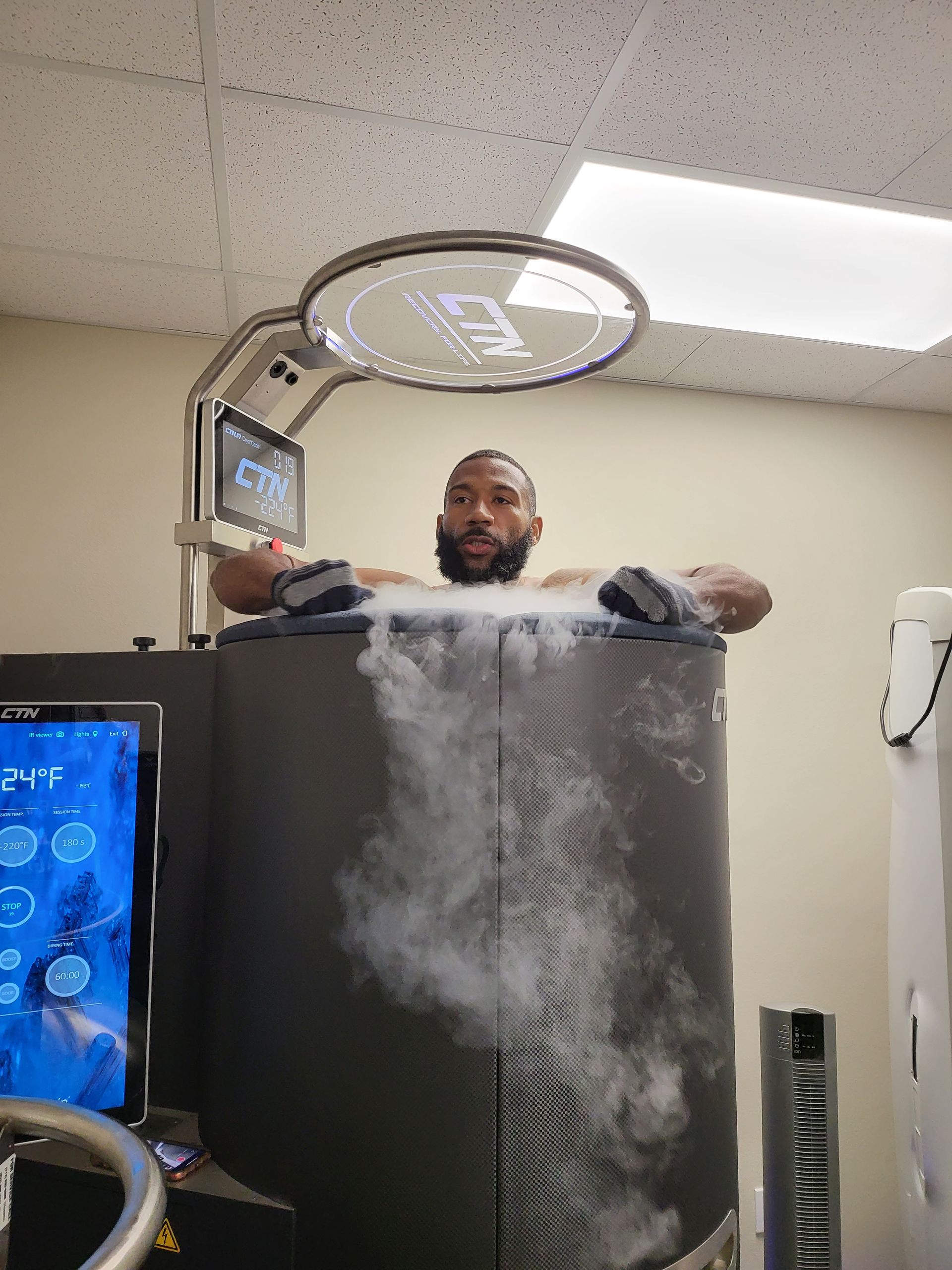Ankle Sprain Treatment: Effective Physical Therapy Management
Have you suffered a recent ankle sprain? Read on for tips and treatment options to accelerate your recovery!
What are Ankle Sprains and Ankle Sprain Physical Therapy Treatment?
Ankle sprains are one of the most common injuries, and can be caused by a variety of activities. Whether you’re playing sports, walking on uneven terrain, or simply tripping over your own feet, an ankle sprain can happen to anyone. While the healing process can take some time, understanding the factors that influence recovery time is key to getting back on your feet as soon as possible.
Understanding the Injury
The severity of an ankle sprain is determined by the degree of damage done to the ligaments that support your ankle joint. A mild sprain may cause some discomfort and swelling but will heal relatively quickly with rest and proper care. A more severe sprain may require medical attention and physical therapy in order to recover fully.
Factors that Affect Healing Time
There are several factors that can influence how long it takes for an ankle sprain to heal. The severity of the injury is one of the most important factors, as more severe sprains will take longer to heal than mild ones. Other factors include age, activity level, overall health, and how well you follow your doctor’s instructions for treatment and rehabilitation.
Treatment Options
What to Do To For The First 24 Hours to Help Heal a Sprained Ankle
Sprained ankles are one of the most common injuries that can occur. They can be painful and limit your mobility, making it difficult to perform everyday activities. Fortunately, there are several steps you can take to help heal a sprained ankle in the first 24 hours. Read on to learn more about how to heal a sprained ankle quickly and effectively.
Rest and Ice
The first step in healing a sprained ankle is rest and ice. Resting your ankle will help reduce swelling and pain, while icing the area will help reduce inflammation. Localized cryotherapy to the injured ankle shows accelerated healing effects when applied in the aftermath of an acute sprain.
Compression and Elevation
Compression and elevation are also important for healing a sprained ankle quickly. Compressing the area with an elastic bandage or wrap will help reduce swelling and provide support for the injured joint. It’s important to make sure that the bandage isn’t too tight, as this can cause further damage or discomfort. Elevating your foot above your heart level will also help reduce swelling by allowing gravity to pull excess fluid away from the area.Application of compression therapy boots play an important role in reducing swelling and inflammation at this stage.
Medication
Medication can be used to manage pain and swelling associated with a sprained ankle. Over-the-counter medications such as ibuprofen or acetaminophen can be taken according to package directions for relief of pain and inflammation associated with a sprained ankle. If these medications do not provide adequate relief, you may need to consult with your doctor about prescription-strength medications or rehabilitation with a sports medicine professional.
Rehabilitation Exercises
Once the swelling has gone down and you’re able to put weight on your foot again without pain, you should begin doing rehabilitation exercises designed specifically for ankle sprains. These exercises will help strengthen the muscles around your ankle joint in order to prevent future injuries from occurring. Your physical therapist will be able to design an individualized program tailored to your needs in order for you to make a full recovery from your injury.
Conclusion
Ankle sprains can range from mild discomfort all the way up to severe injuries requiring medical attention and physical therapy in order for them to heal properly. Understanding how long it takes for an ankle sprain to heal depends on several factors including severity of injury, age, activity level, overall health, treatment options used, and rehabilitation exercises performed regularly during recovery time. With proper care and following instructions from medical professionals closely during recovery time, you should be able make a full recovery from an ankle sprain in no time!
Contact us today if you have suffered a recent ankle sprain and are looking to accelerate your recovery and improve your performance.
